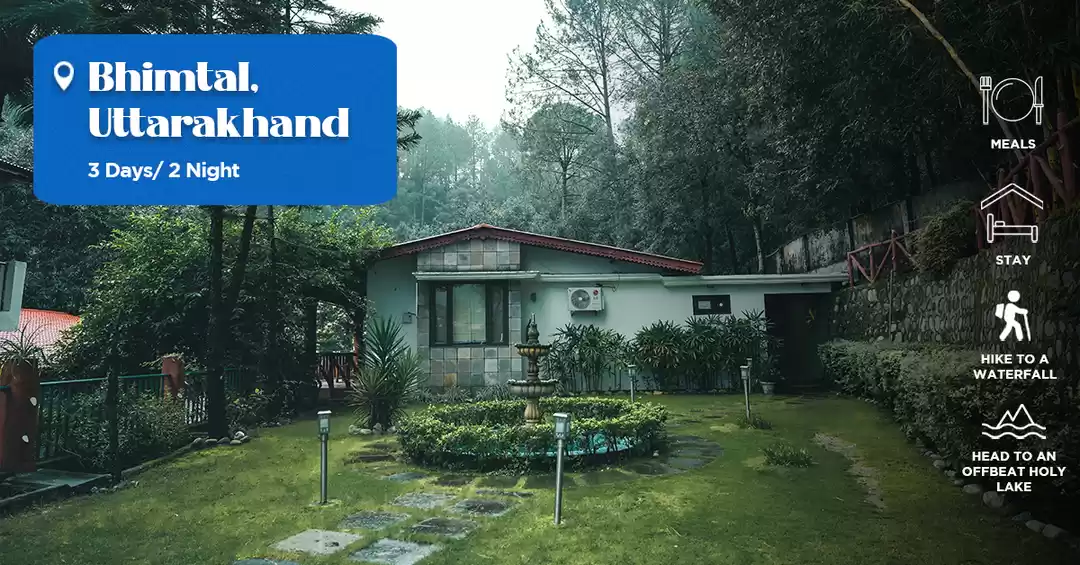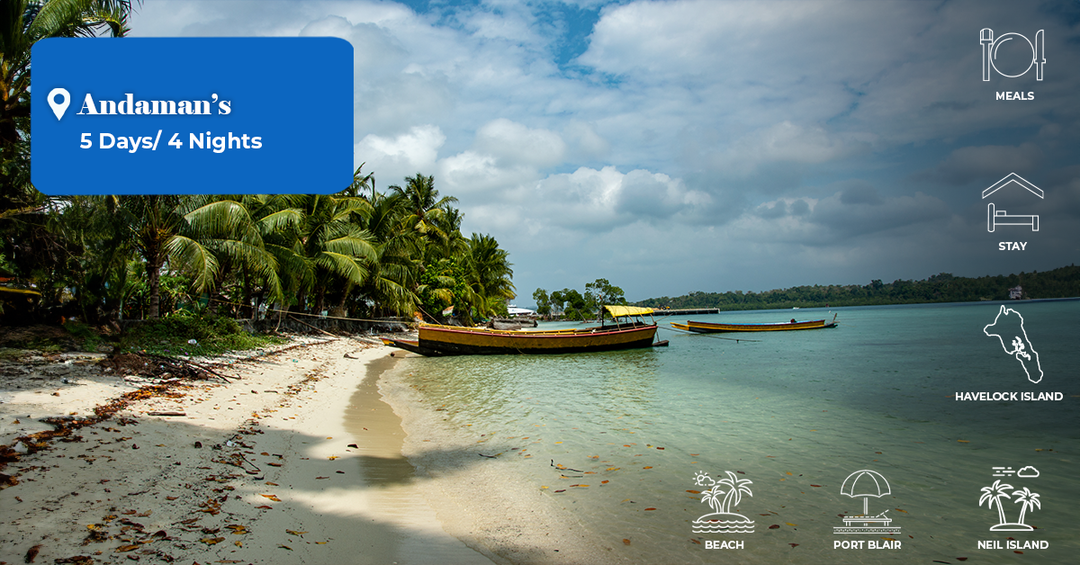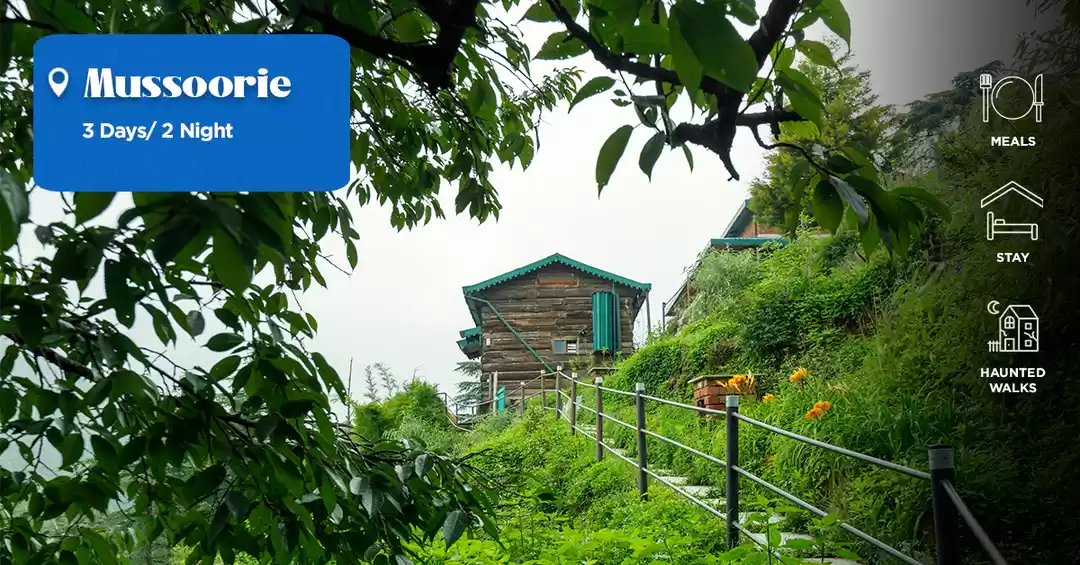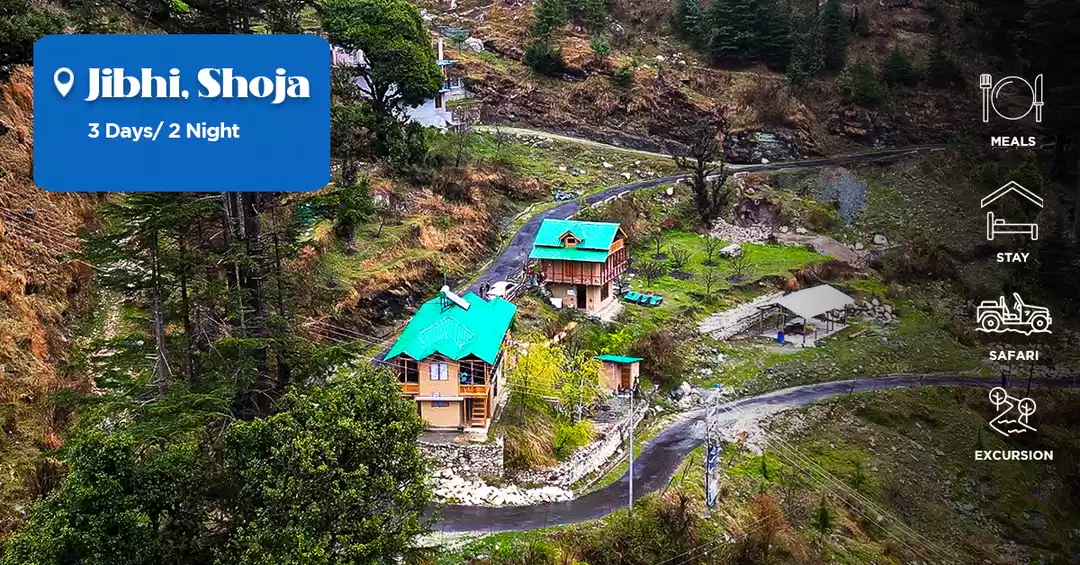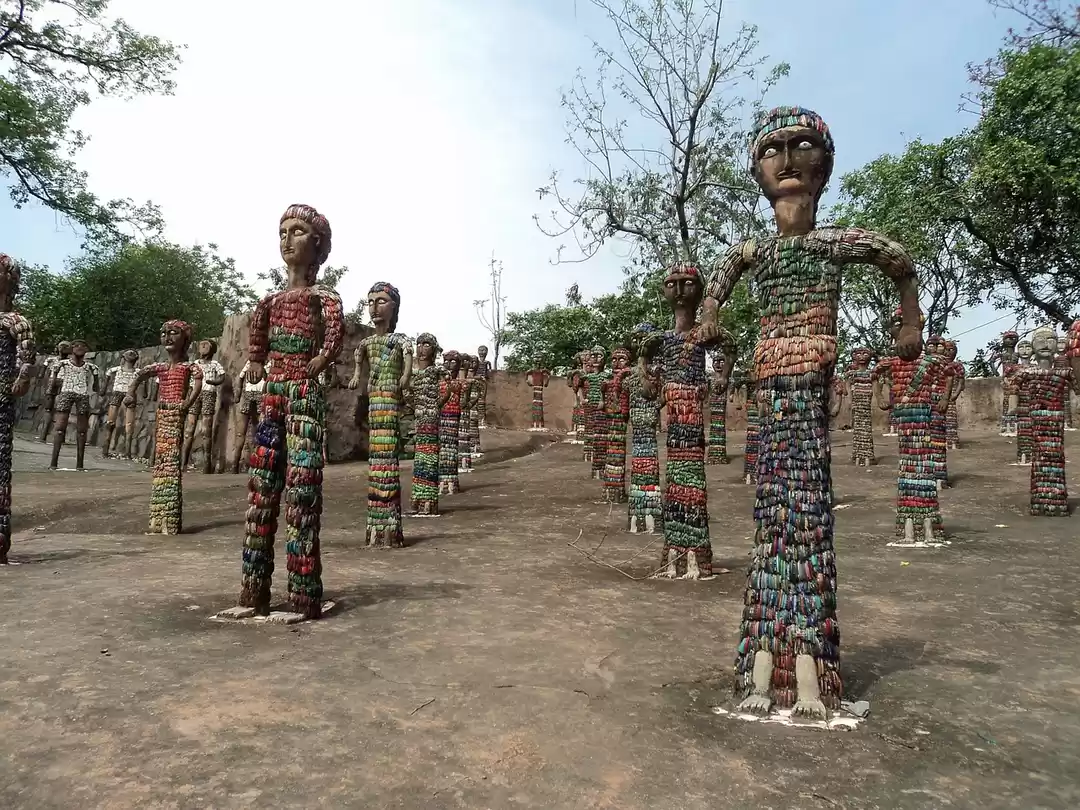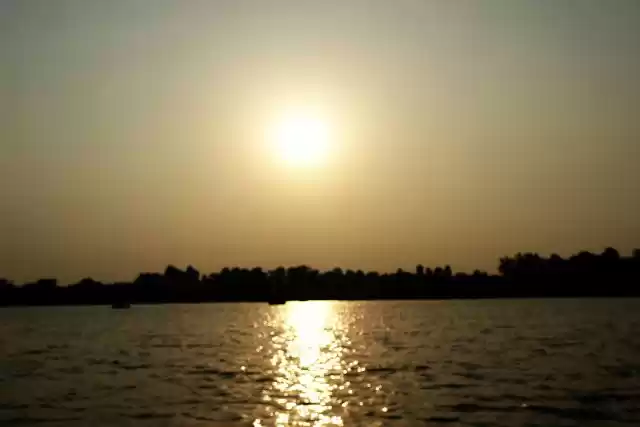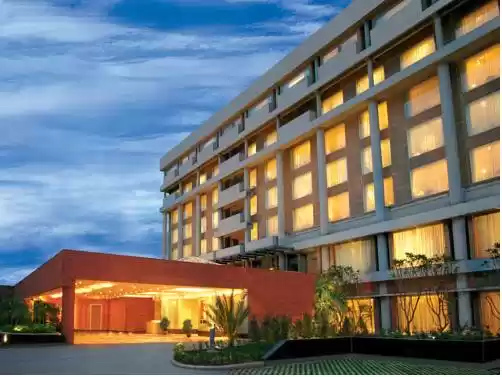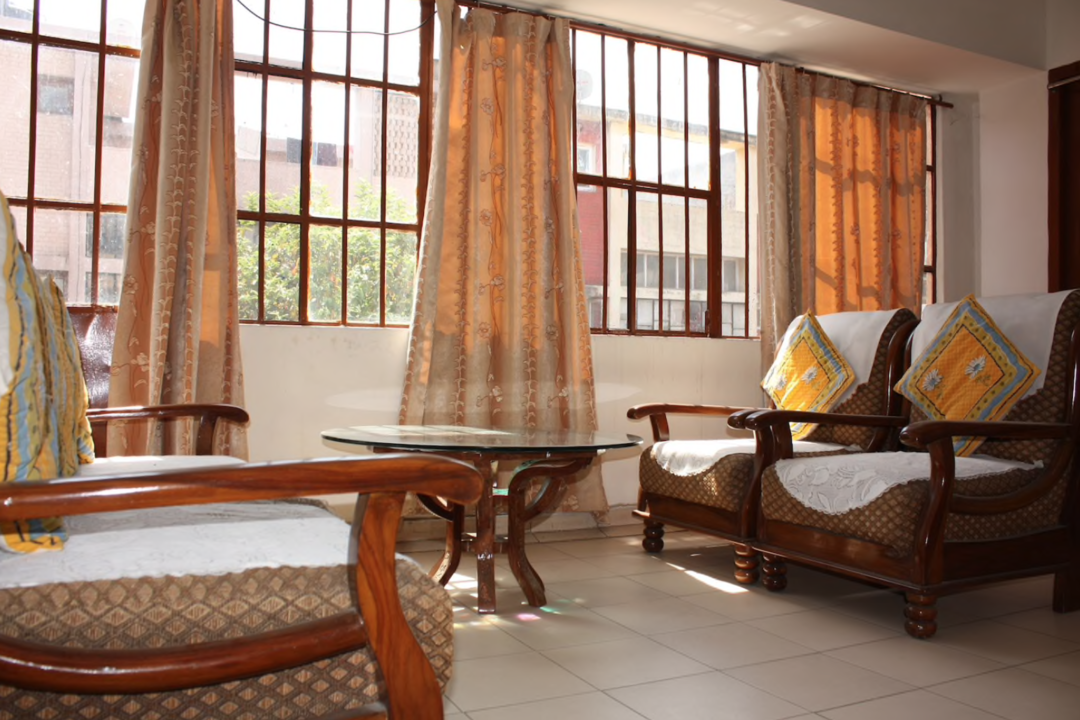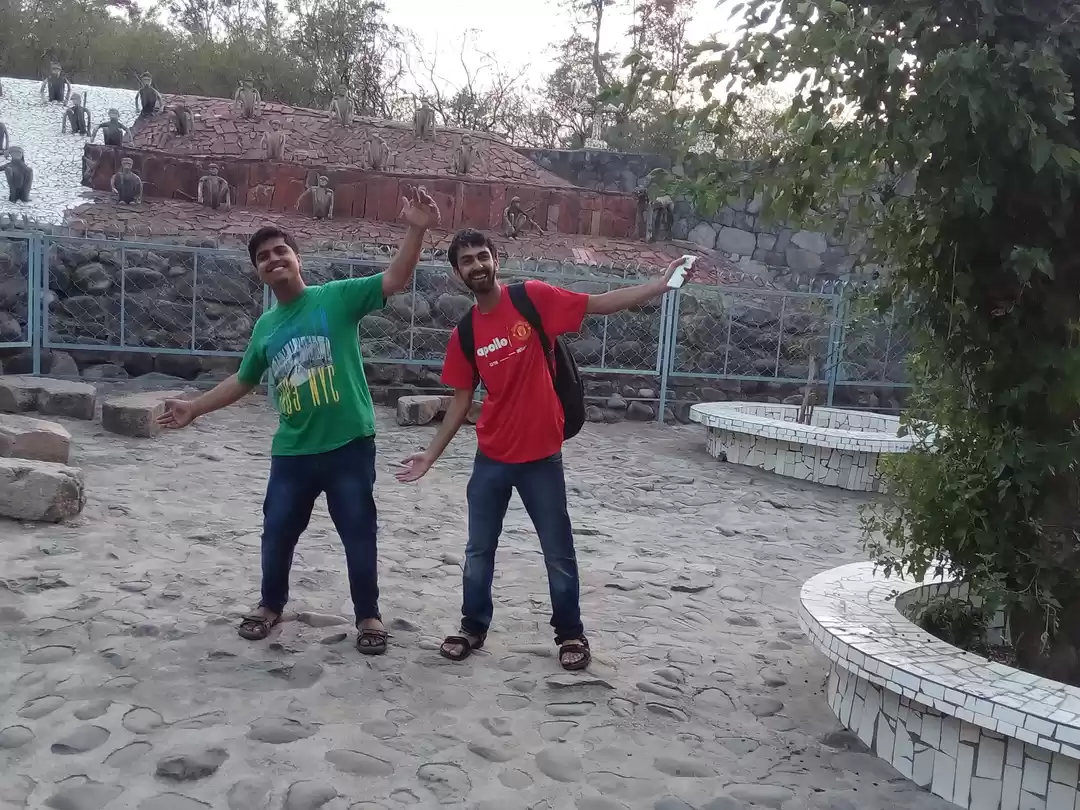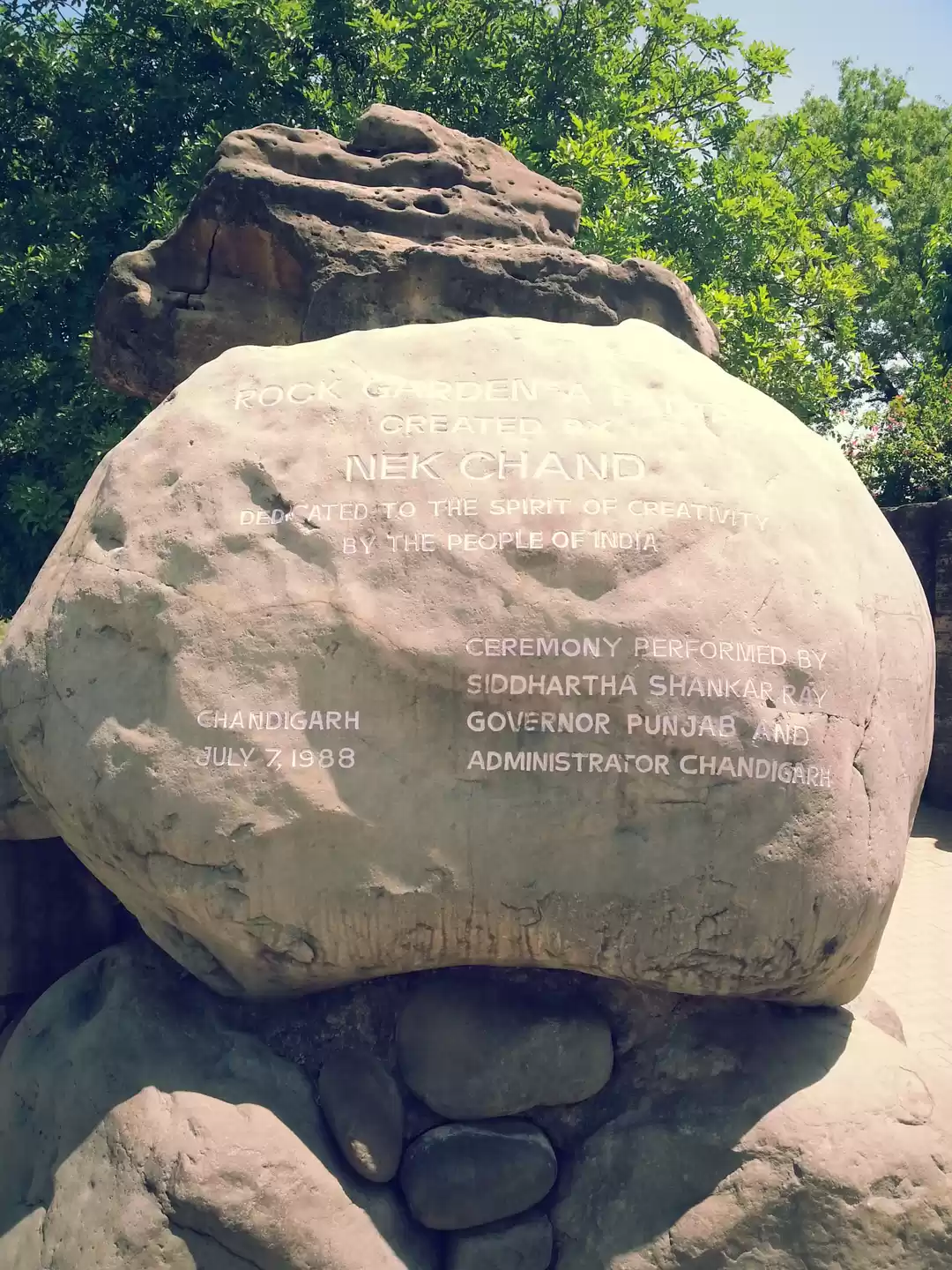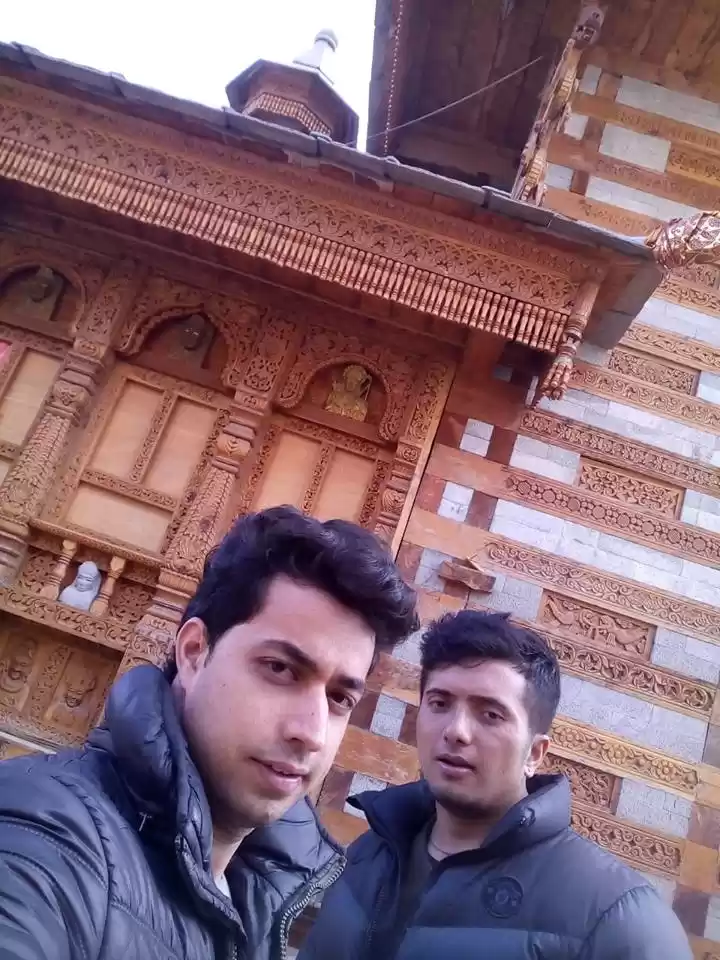Chandigarh Tourism and Travel Guide
Chandigarh is a city and a union territory in the northern part of India that serves as the capital of the states of Punjab and Haryana. As a union territory, the city is ruled directly by the Union Government and is not part of either state. Chandigarh and adjoining cities of Mohali(Punjab) and Panchkula(Haryana) are together called Chandigarh Tricity. The city of Chandigarh was the first planned city in India post-independence in 1947 and is known internationally for its architecture and urban design. The master plan of the city was prepared by Swiss-French architect Le Corbusier, transformed from earlier plans created by the Polish architect Maciej Nowicki and the American planner Albert Mayer. Most of the government buildings and housing in the city, however, were designed by the Chandigarh Capital Project Team headed by Pierre Jeanneret, Jane Drew and Maxwell Fry. The city experiences extreme climate and uneven distribution of rainfall. The roads in Chandigarh are surrounded by trees and it has the third highest forest cover in India at 8.51% following Lakshadweep and Goa. The city tops the list of Indian States and Union Territories by per capita income in the country. The city was reported to be the cleanest in India in 2010, based on a national government study, and the territory also headed the list of Indian states and territories according to Human Development Index. The metropolitan of Chandigarh-Mohali-Panchkula collectively forms a Tri-city, with a combined population of over 2 million. This is the first smoke-free city in India.
Once in-a-lifetime Deals
Tripoto Recommends
Best Luxury Hotels In Chandigarh
Best Mid-Range Hotels In Chandigarh
Best Homestays In Chandigarh
Travel Articles And Blogs For Chandigarh
Trips and Itineraries for Chandigarh
trip
The 8 Most Instragrammable Cafes In Chandigarh
Let's get real for a moment and admit that sometimes just the quality of coffee or the grub isn't...
116.7k Views
diningrestaurantcafeIndiatrip
Chandigarh: The City 'Foodieful'
The lip-smacking lassiIconic Makki ki roti and sarson ka saagEvergreen butter chickenThe City Bea...
8.5k Views
diningrestaurantIndiaChandigarhBest Time to Visit Chandigarh
Peak Season: The period between mid August and November, when the weather is neither too hot nor too cold.
Shoulder Season: Winters occur during November to February and the weather is pleasant if one is looking to plan a trip during this period of time.
Off-season: The summers of Chandigarh can be quite hot. The average temperature during summers is between 35°C to 42°C. 45 °C is the maximum temperature reached during the summers.
Budget for Chandigarh
For Budget Travellers: INR 800 - 1000 a day
- Accommodation in hostels and guesthouses: INR 700 - 800
- Food in local cafes and street eateries: INR 30 - 150
- Public Transport in buses and autorickshaws: INR 15 - 100
- Sightseeing: INR 10 - 50
For Mid-range Travellers: INR 1200 to INR 3000 a day
- Accommodation in mid-range hotels and resorts: INR 850 - 1000
- Food in mid-range cafes and restaurants: INR 200 - 500
- Local transport in local taxis or car rentals: INR 200 - 400
For Luxury Travellers: INR 4000 and upwards
- Accommodation in 4* or 5* hotels: INR 3000 and upwards
- Food in upscale restaurants and bars: INR 700 and upwards
- Local transport in private taxis: INR 2000 and upwards
- Guided tours: INR 1500 and upwards

